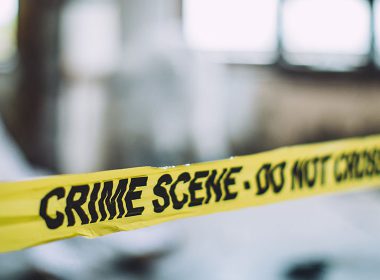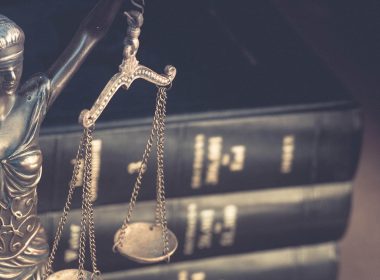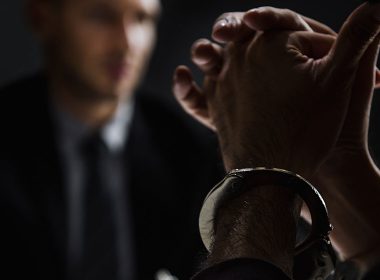Snapshot
- In the 1993 case of Weissensteiner v The Queen, the High Court held that in rare and exceptional circumstances it is permissible for a criminal trial judge to direct the jury that the accused’s failure to give evidence might enable the jury to more readily accept the prosecution’s evidence.
- Despite appellate decisions distinguishing Weissensteiner and the reluctance of prosecutors and judges to rely upon the decision, it was still considered that rare and exceptional circumstances existed in which it would be appropriate for such a direction to be given.
- In the recent decision of Strbak v The Queen, the High Court has effectively removed any possibility of a Weissensteiner direction being given in future criminal trials.
Who or what is Weissensteiner? Weissensteiner v The Queen (1993) 178 CLR 217; [1993] HCA 65 was a decision of the High Court in 1993 in which it was held that in rare and exceptional circumstances it is permissible for a judge in a criminal trial to give the jury a direction that the accused’s failure to give evidence might enable the jury to more readily accept the prosecution’s evidence or the inferences which the prosecution suggests should be drawn from it. This has been recognised as one of the few permissible ways in which an accused’s right to silence can be challenged.
Background
Weissensteiner v The Queen
Mr Weissensteiner was one of three people who went out to sea on a sailing boat, the other two being a married couple who owned the boat. When the boat returned to port some weeks later, the couple had disappeared without trace and their bodies were never found. Mr Weissensteiner had many items of their property in his possession, including the boat and their passports. He told a number of people various conflicting stories about what had happened to the couple, all of which could be proved to be lies. Mr Weissensteiner was charged with the murder of the couple. The prosecution was not able to prove exactly how or when the couple had died. At his trial, Mr Weissensteiner did not give evidence. His Counsel argued that the evidence did not establish the couple were dead, let alone that they had been murdered or that it had been at the hands of the accused. He submitted that the couple may well still be alive. The trial judge gave a direction to the jury that although the onus of proving the case rested on the Crown, the jury was entitled to use the accused’s failure to give evidence at the trial to assist them in accepting the inferences sought to be drawn from the facts by the Crown. In effect, he told the jury the accused’s failure to give evidence was something which might make it easier for them to accept the Crown’s interpretation of the evidence.




